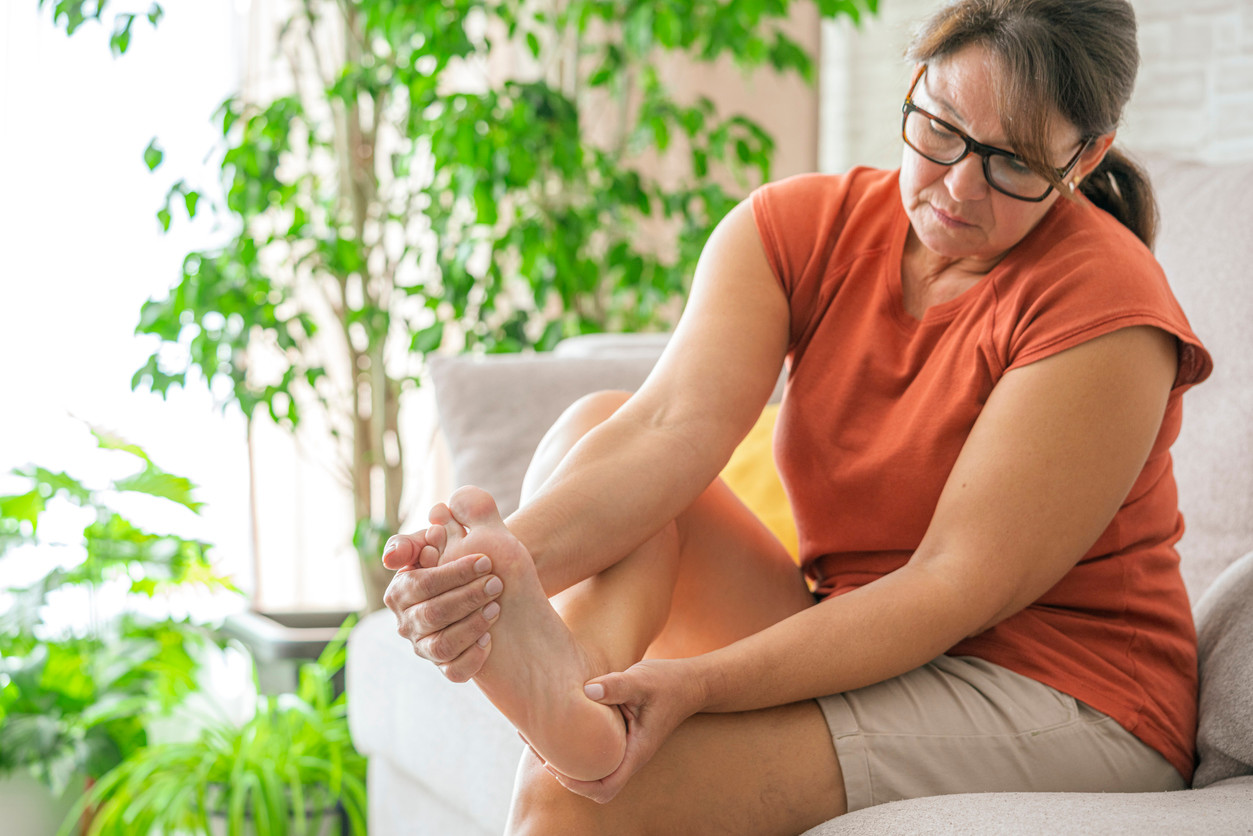What is foot overpronation? Causes, symptoms, and how to treat it
Learn how overpronation affects your feet, plus get practical tips to relieve pain and stay active with advice from physical therapists.
$0 costo para usted
Fecha de Publicación: Aug 18, 2025
El índice
Fully covered foot or ankle pain relief
Find relief from foot pain, ankle pain, plantar fasciitis, & more.
Check if I'm eligibleExercises for foot overpronation
Want expert care? Check if you're covered for our free program →- Standing arch raises
- Towel scrunches
- Toe yoga
- Isometric toe extension
